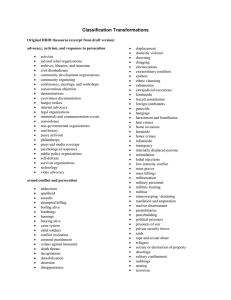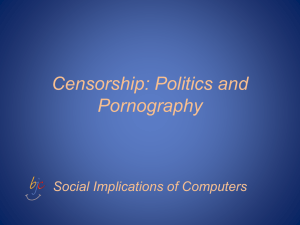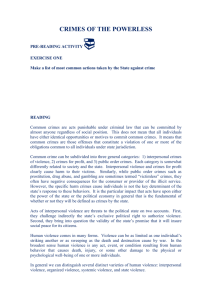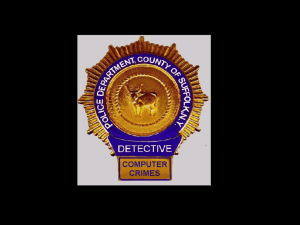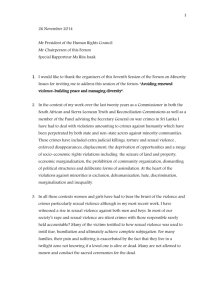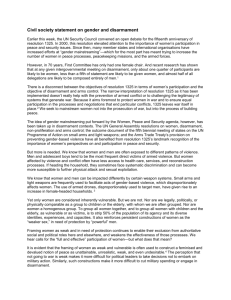Enacting hierarchy example
advertisement
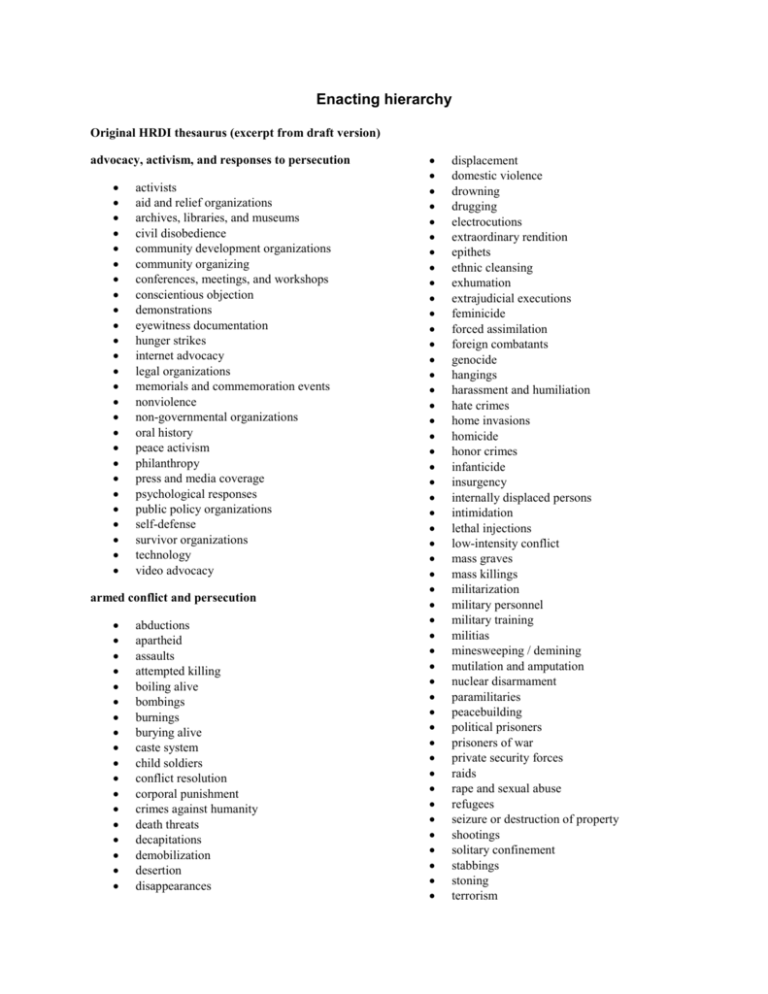
Enacting hierarchy Original HRDI thesaurus (excerpt from draft version) advocacy, activism, and responses to persecution activists aid and relief organizations archives, libraries, and museums civil disobedience community development organizations community organizing conferences, meetings, and workshops conscientious objection demonstrations eyewitness documentation hunger strikes internet advocacy legal organizations memorials and commemoration events nonviolence non-governmental organizations oral history peace activism philanthropy press and media coverage psychological responses public policy organizations self-defense survivor organizations technology video advocacy armed conflict and persecution abductions apartheid assaults attempted killing boiling alive bombings burnings burying alive caste system child soldiers conflict resolution corporal punishment crimes against humanity death threats decapitations demobilization desertion disappearances displacement domestic violence drowning drugging electrocutions extraordinary rendition epithets ethnic cleansing exhumation extrajudicial executions feminicide forced assimilation foreign combatants genocide hangings harassment and humiliation hate crimes home invasions homicide honor crimes infanticide insurgency internally displaced persons intimidation lethal injections low-intensity conflict mass graves mass killings militarization military personnel military training militias minesweeping / demining mutilation and amputation nuclear disarmament paramilitaries peacebuilding political prisoners prisoners of war private security forces raids rape and sexual abuse refugees seizure or destruction of property shootings solitary confinement stabbings stoning terrorism torture United Nations Peacekeeping vigilantism war crimes weapons o o o o landmines and unexploded ordnance tear gas weapons of mass destruction white phosphorus Enacting hierarchy (and classificatory principles) via categorization by kinds This transformation adopts standard structuring techniques, which emphasize the logic of descent from broader to narrower categories (as with biological taxonomies). Instead of primary divisions by theme, which result in hiding intermediate relationships, the primary divisions are by kind (e,g., people and activities are different kinds of things). What is different about this version from the flat structure? Does it say different things? How does it say them? People and groups Individual roles Voluntary roles Activists Military personnel Foreign combatants Involuntary roles Child soldiers Prisoners Prisoners of war Political prisoners Refugees Internally displaced persons Groups Armed groups Insurgent groups International military groups United Nations peacekeepers Private military groups Militias Paramilitaries Private security forces State-sponsored military groups Community institutions Community development organizations Cultural heritage organizations Archives Libraries Museums Humanitarian organizations Aid and relief organizations Legal organizations Non-governmental organizations Public policy organizations Survivor organizations Activities Education Military training Forms of aggression Non-violent aggression Displacement Drugging Forced assimilation Intimidation Death threats Harassment Humiliation Seizure and destruction of property Solitary confinement Violence Violence against individuals Assaults Abductions Disappearances Extraordinary rendition Corporal punishment Deadly assaults Shootings Stabblngs Stonings Sexual assaults Rape Domestic violence Home invasion Homicides Boiling alive Burying alive Decapitation Drowning Electrocution Hangings Lethal injection Torture Burning Mutilation and amputation Violent activities against groups Bombings Low-intensity conflicts Mass killings Raids Violent activities against particular groups Violence against women Feminicide Violence against children Infanticide Violence against ethnic groups Ethnic cleansing Genocide Forms of resistance Public activities Civil disobedience Conscientious objection Demonstrations Desertion Hunger strikes Community organizing Coordination activities Conferences Meetings Workshops Peace activism Peaceful dispute resolution Conflict resolution Philanthropy Self-defense Storytelling Eyewitness documentation Internet advocacy Memorials and commemorations Oral history Press and media coverage Video advocacy Private activities Psychological responses Post-conflict adjustment and repair Disarmament Demobilization Judicial investigation Exhumation Physical restoration Minesweeping Concepts Modes of action Militarization Peacebuilding Terrorism Vigilantism Codes of conduct Criminal activities Crimes against humanity Hate crimes Honor crimes War crimes Extra-judicial executions Goals Political goals Nuclear disarmament Infrastructure Social systems Apartheid Caste system Technology Objects Weapons Non-lethal weapons Tear gas Lethal weapons Explosives Landmines and unexploded ordinance Incendiary weapons White phosporous Weapons of mass destruction Places Mass graves
